"The greatest of them all." That's how hotelier Conrad Hilton described the Waldorf Astoria New York.
It was a hotel, he said, that was "the most important in the world, the original luxury property and the place where luxury service was perfected".
And now, the Hilton-run Park Avenue hotel that also gave the world a timeless salad, has reopened after an eight-year refurbishment costing $2 billion.
It's truly a hotel that's a tourist attraction in its own right — and one that was originally two adjacent hotels, the Waldorf Hotel and the Astoria Hotel, run by two feuding cousins who were Fifth Avenue neighbors.
The 13-story Waldorf Hotel went up first, built in 1893 by William Waldorf Astor in place of his demolished home.
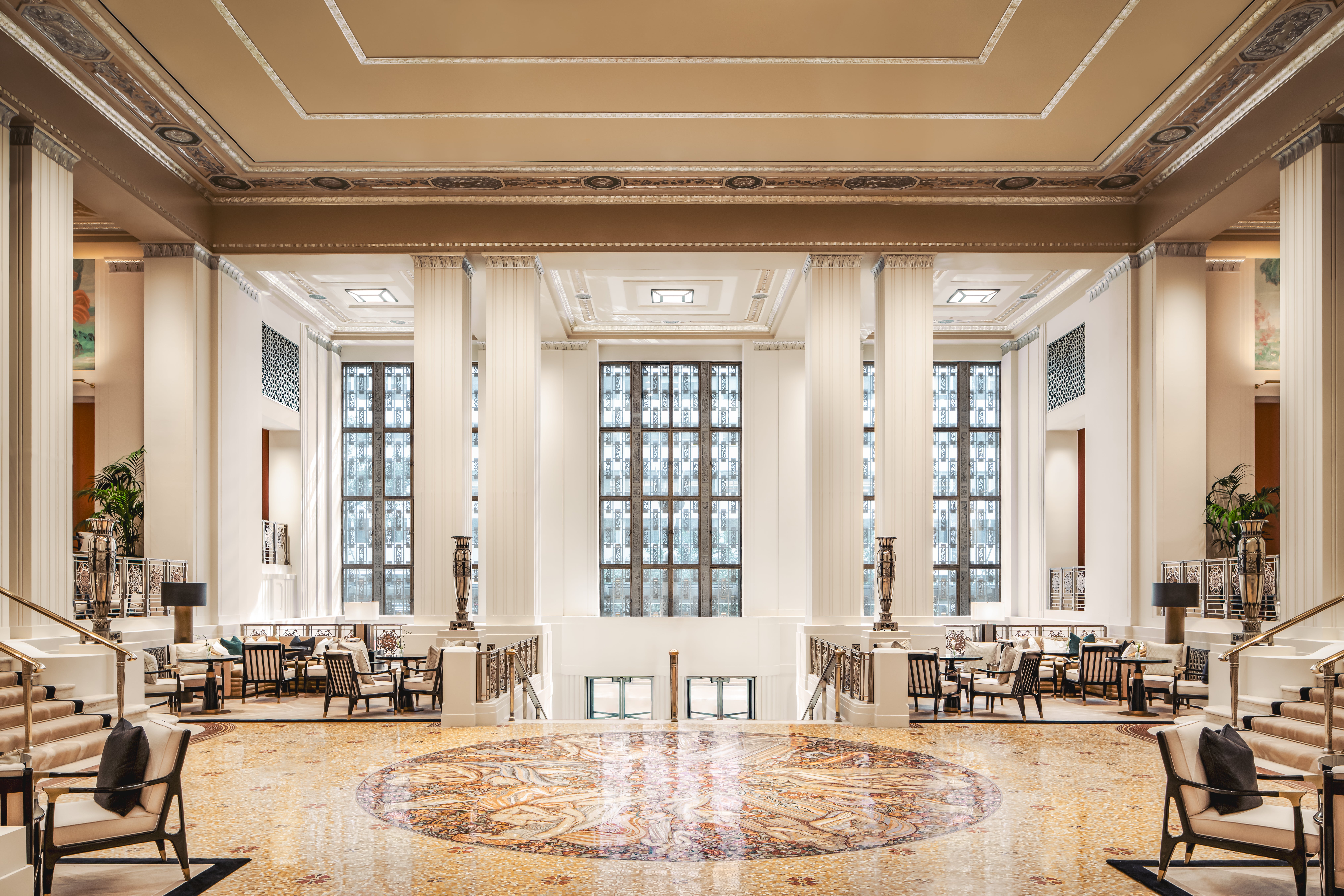
His cousin, John Jacob Astor IV, described it as a "glorified tavern", but was jealous enough to demolish his own four-story dwelling and build on the plot the 17-story Astoria Hotel, which opened its doors to guests in 1897.
The properties weren't separate for long, though.
In that same year, the cousins resolved their disagreements and merged the two hotels into one.
The then-hyphenated Waldorf-Astoria threw open its doors, with the two buildings connected by a 300-foot-long marble thoroughfare that earned the moniker "Peacock Alley" because fashionable guests enjoyed parading up and down it.
Astor died in the Titanic disaster in 1912 as the world's wealthiest man, having amassed a fortune from real-estate development of around $3.5billion in today's money.
William, meanwhile, moved to England with his family shortly after the Waldorf-Astoria opened and died in 1919.
They left behind a hotel that would become legendary.
Though there was a blip in 1929 when it was demolished to make way for the Empire State Building and rebuilt at its current 301 Park Avenue address.
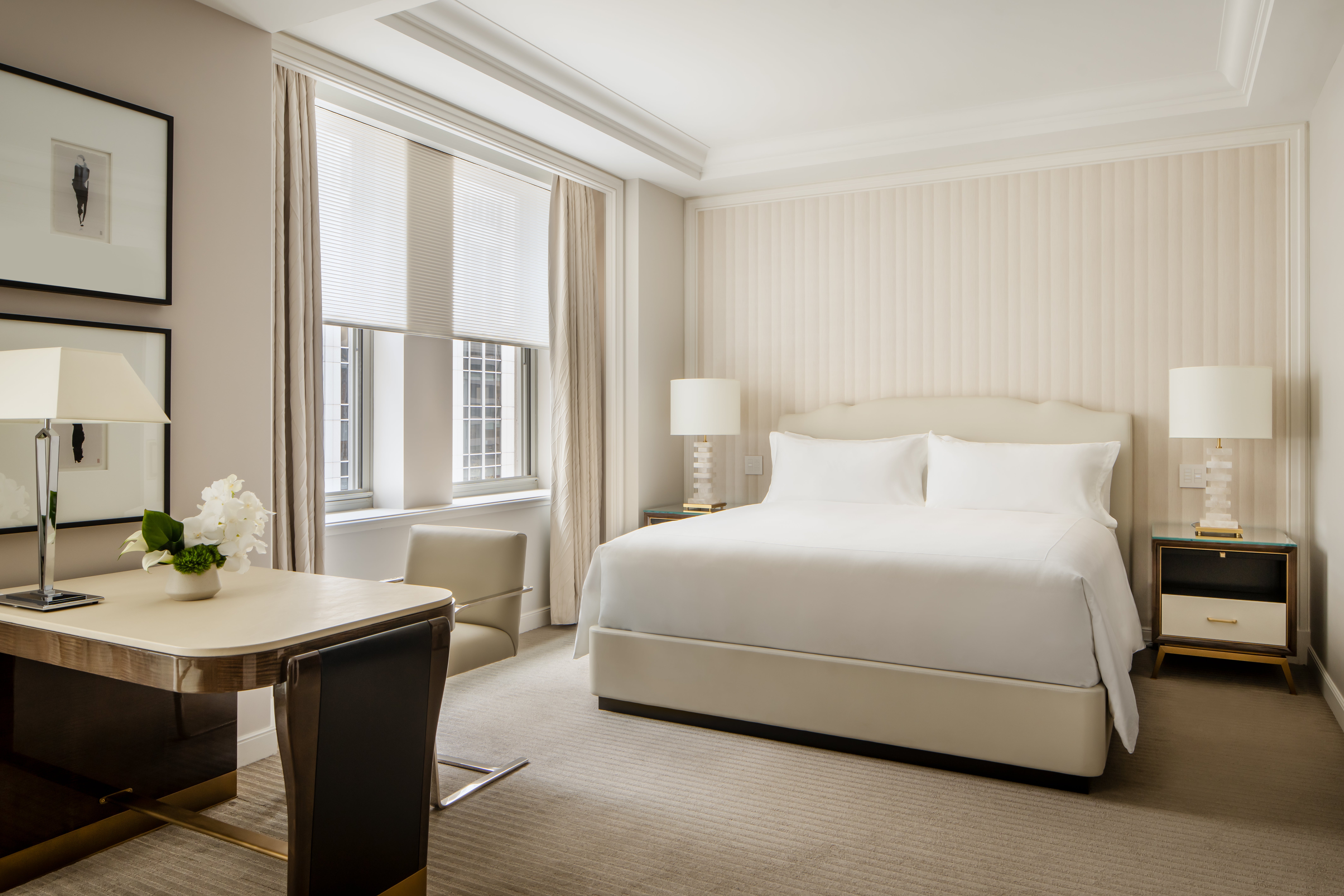
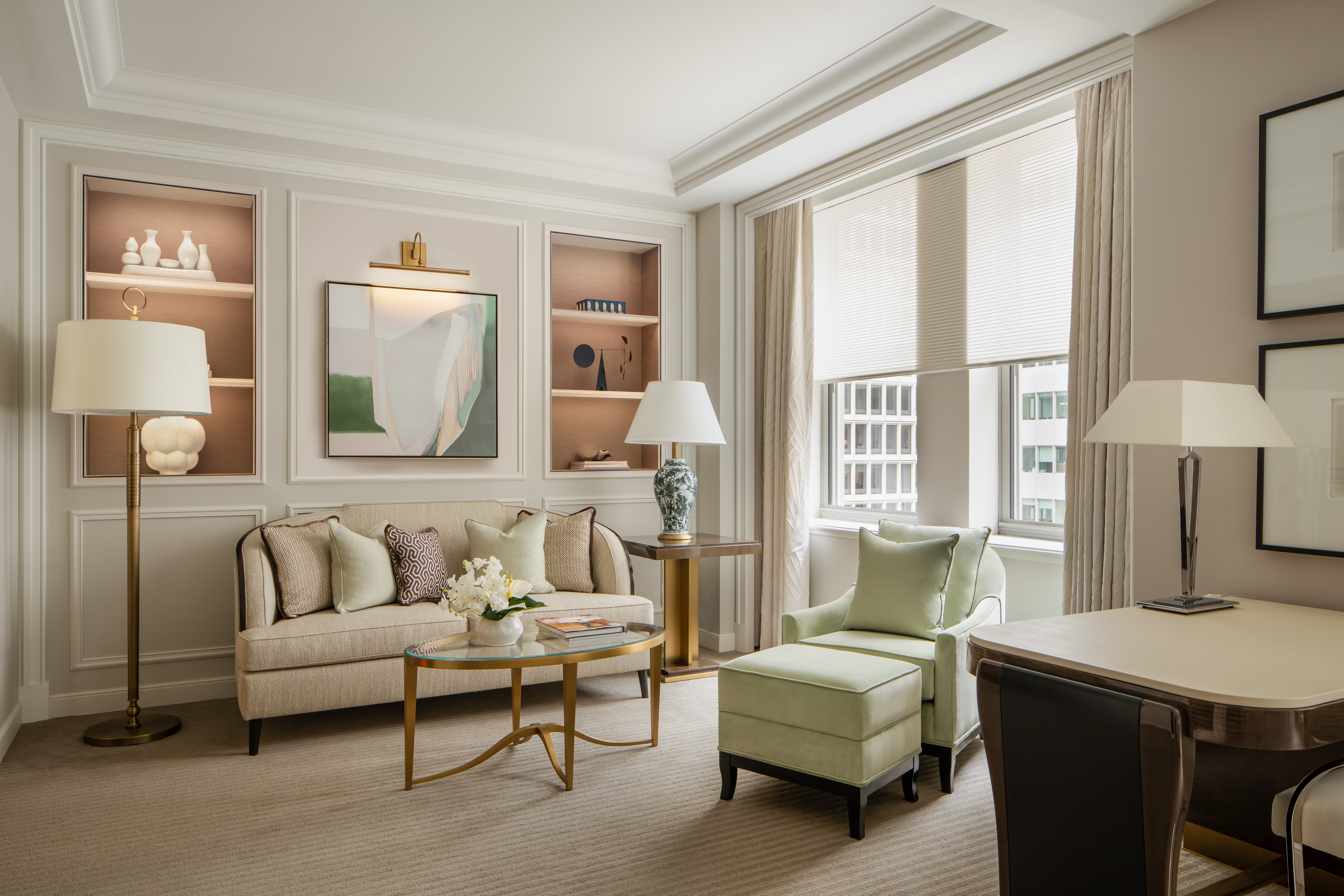
It reopened in 1931 as the planet's tallest and largest hotel, with 2,200 rooms, 47 stories and a height of 623ft, and won the presidential seal of approval.
President Herbert Hoover moved into the hotel for 30 years, proclaiming that the property "marks the measure of the USA's growth in power".
His home was also beloved by famous guests including Frank Sinatra, who sang in the Grand Ballroom; Albert Einstein, who gave talks there; Queen Elizabeth II and Marilyn Monroe — and it made a name for itself as a hospitality trailblazer.
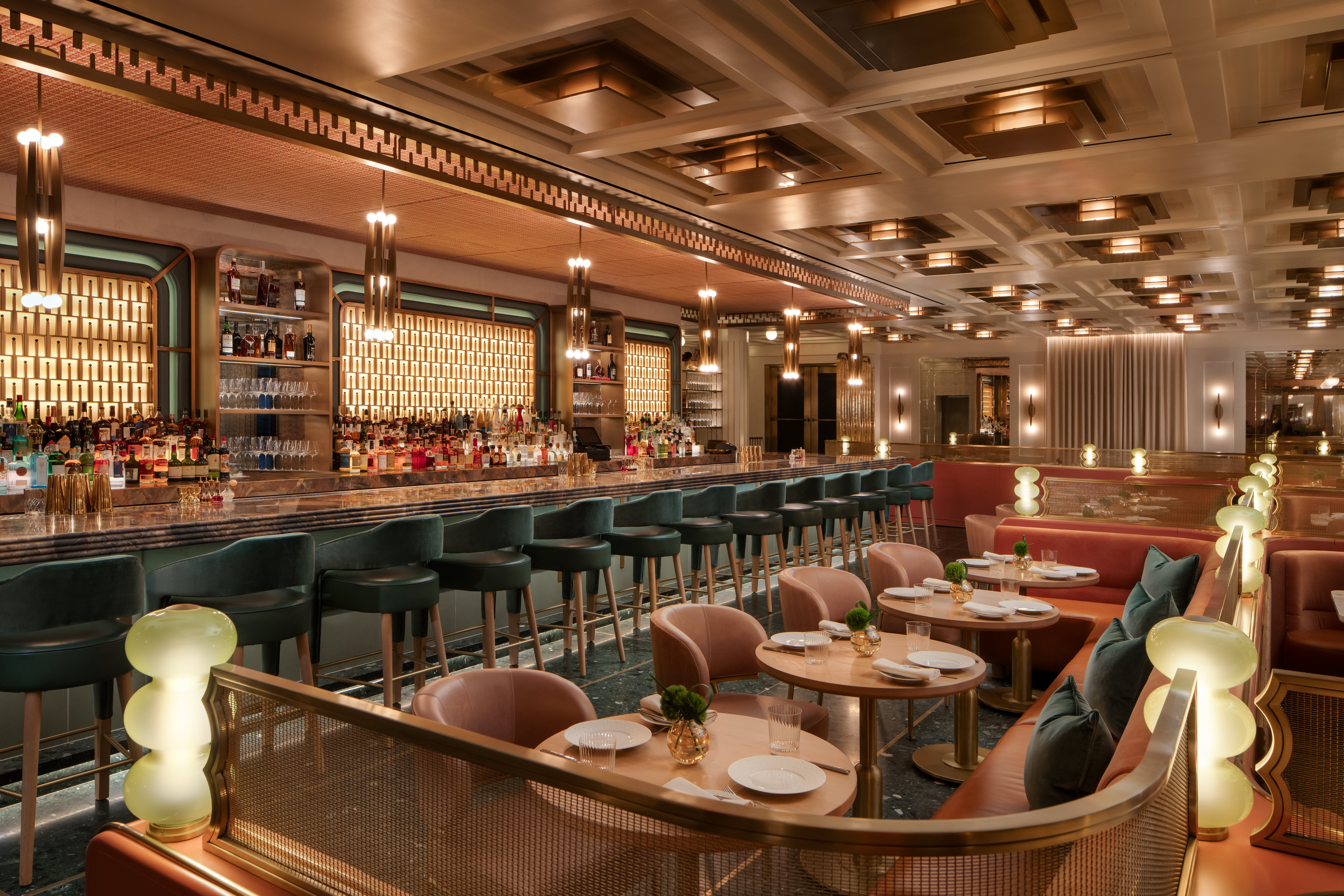
It was the first hotel to introduce 24-hour room service, in-room telephones and electricity on every floor; it pioneered ensuites and popularized not only the Waldorf Salad but Eggs Benedict and Red Velvet Cake.
Its regal aesthetics, meanwhile, would go on to attract a host of movie directors, with the property appearing in Catch Me If You Can, The Godfather Part III, Coming to America, The Royal Tenenbaums and Scent of a Woman.
Conrad Hilton bought the Waldorf Astoria for $3million in 1949, but the Hilton group sold it for a record-breaking $1.95 billion to the Chinese firm Anbang Insurance Group in 2014 (having stopped using the hyphen in 2009).
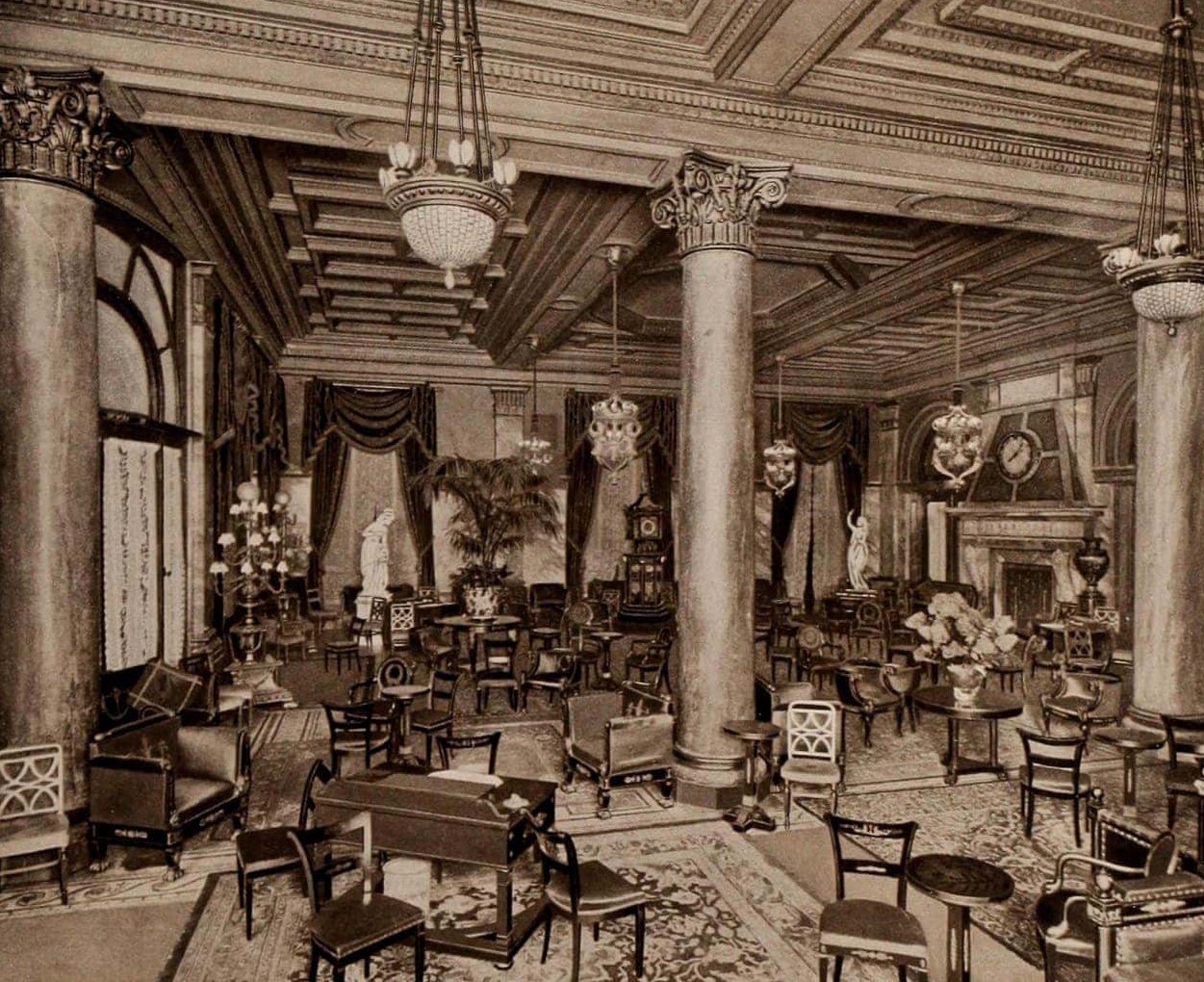
That firm began refurbishing the hotel in 2017, but went bankrupt after being accused of economic crimes by the Chinese government and the property passed into the hands of another Chinese company, the Dajia Insurance Group.
Today, Hilton has a 100-year agreement to manage the 1.6-million-square-foot building, 62,000 square feet of which is designated as a landmark by the Landmarks Preservation Commission.
What can guests expect today?
For starters, a huge bill. Rooms start at $2,200 per night.
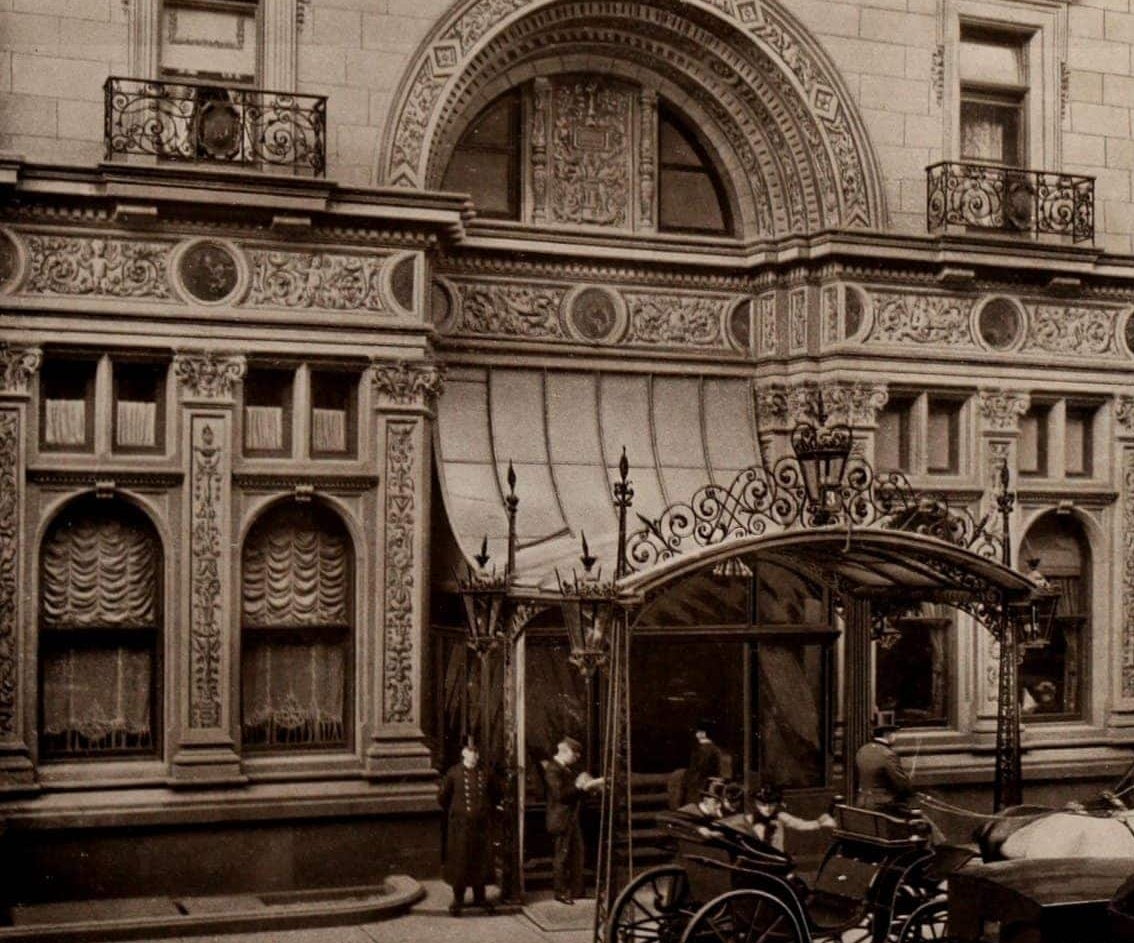
But they'll also be in a "meticulously restored" hotel, immersed amid "iconic architecture" and "sophisticated designs", according to Hilton.
The company continues: "Throughout all of the building's landmark interior, the restoration celebrates the hotel's storied legacy, while improving access, creating more space, and introducing new pathways for natural light.
"Guests will also notice the careful preservation of the hotel's beloved murals, with some of these vibrant artworks dating to the 19th century, restored by ArtCare Conservation."
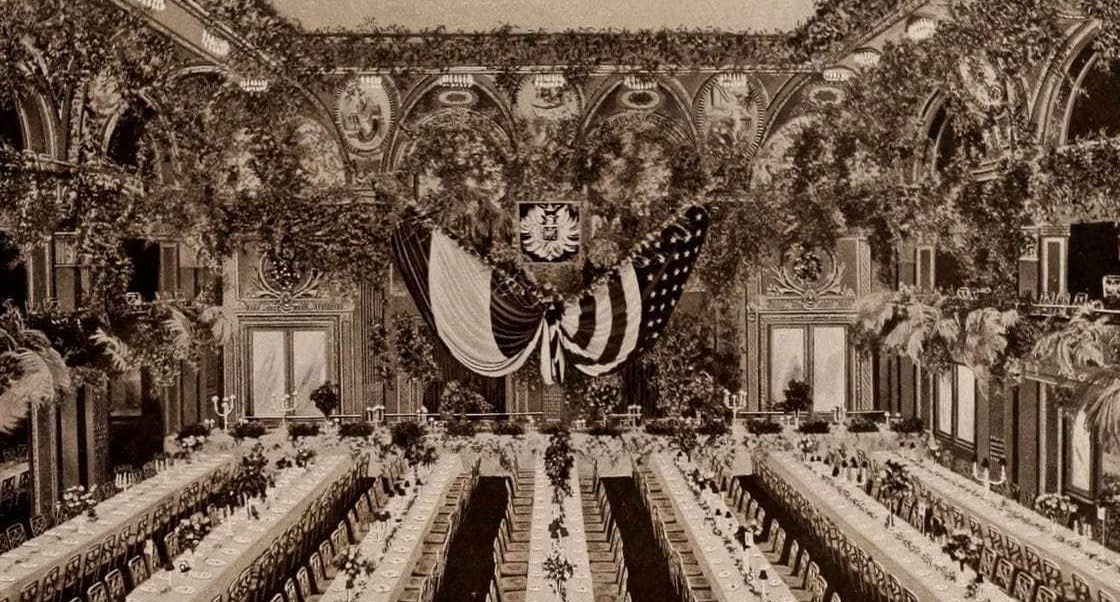
It adds: "In the new reception area, the same marble used for the historic Peacock Alley columns was employed to construct the fireplace, ensuring visual continuity.
"Portoro marble, mosaics, and restored decorative features were preserved and repositioned in dialogue with contemporary interventions such as integrated lighting systems, automated curtains, and custom-designed furniture."
Read more: The best New York hotels for 2025: Where to stay in Manhattan, Brooklyn and more NYC hotspots
The hotel boasts that it now offers some of the largest guest rooms and suites in Manhattan, with the majority of the hotel's rooms exceeding 570 square feet.
This extra room for maneuver is the result of 1,400 rooms being turned into 375 guest rooms and 372 residences.
Hilton explains that there are more than 11 guest room categories, with the rooms designed to "feel like private apartments".
Each features a bespoke bar and a "spa-like" bathroom.
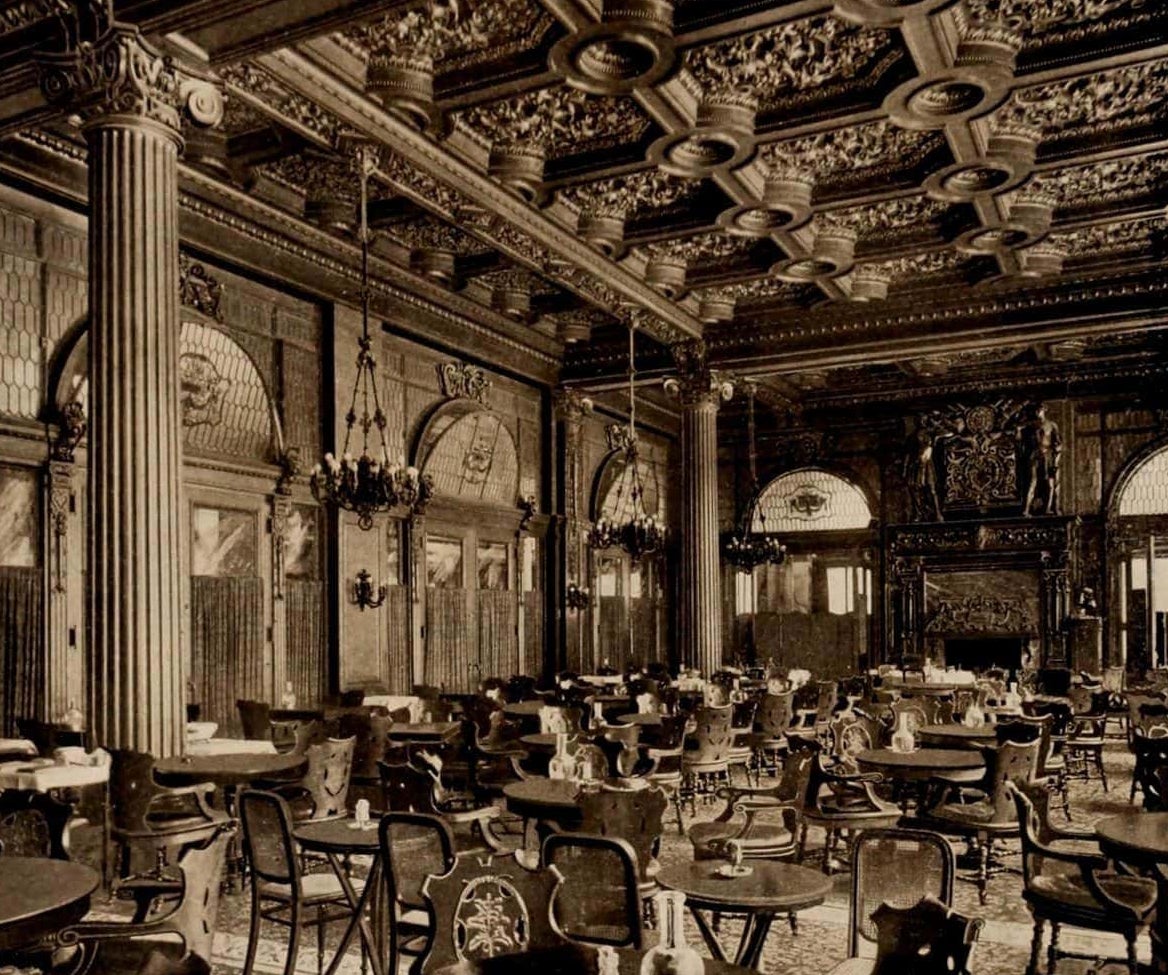
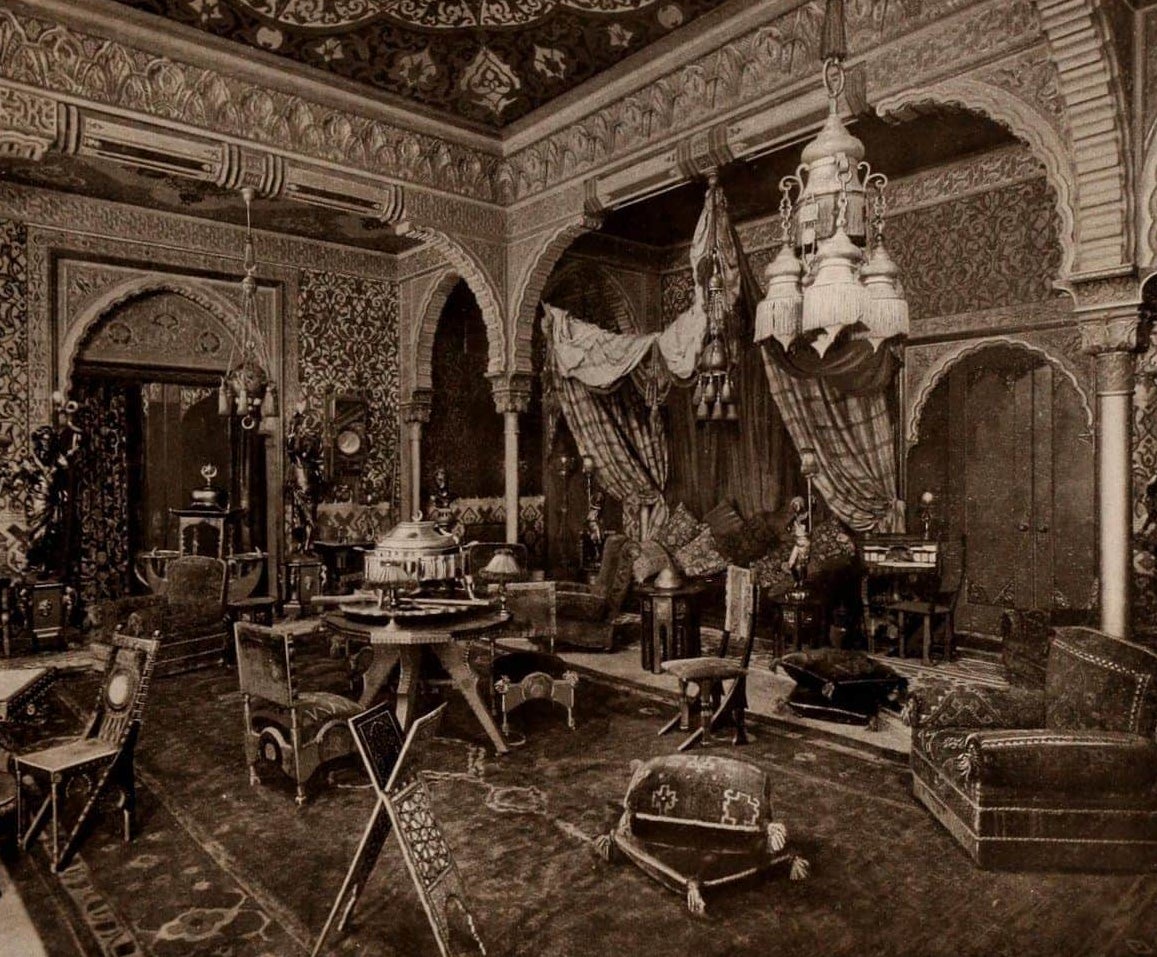
On the refreshment front, there are three "distinctive" food and beverage experiences - the signature brasserie Lex Yard, the Japanese dining concept Yoshoku and Peacock Alley.
The latter "remains the heart of Waldorf Astoria New York".
The hotel says: "At Peacock Alley, guests will find the historic Waldorf Astoria Clock and Cole Porter piano. Restored to its former glory and positioned in the centre of Peacock Alley, the Waldorf Astoria Clock was crafted in London for the 1893 Chicago World's Fair.
Read more: This US property makes the list of the world’s most beautiful hotels
"A fixture at both the hotel's Fifth Avenue and Park Avenue locations, guests are invited to once again say, 'meet me at the clock'."
The transformation of Waldorf Astoria New York was led by architects Skidmore, Owings & Merrill, with hotel interiors by Pierre-Yves Rochon and residential interiors and amenities designed by Jean-Louis Deniot.
Is the hotel the "greatest of them all"? Visit waldorfastorianewyork.com to book a stay and find out.
This building in Toronto has become Canada’s first ‘supertall’ skyscraper
Six of the most unique Airbnbs in the US revealed, from a missile launch site to a giant shoe
This building in Toronto has become Canada’s first ‘supertall’ skyscraper







